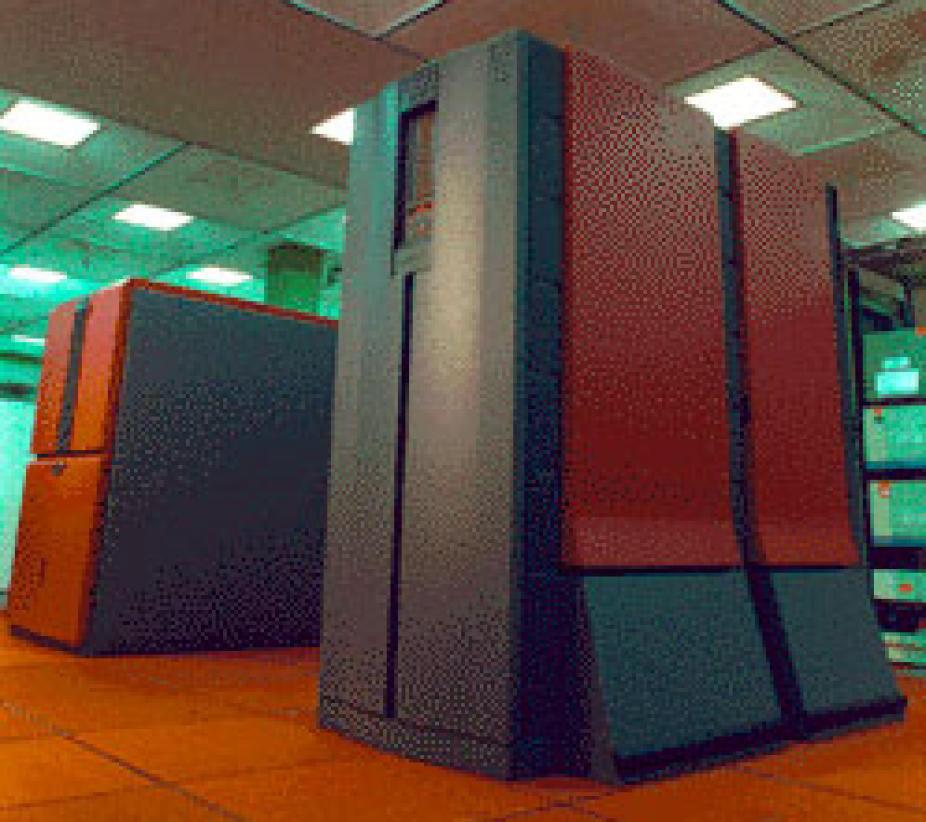CRI Y-MP8I - Antero 1

Cray Research, Inc.
In use: June 1, 1994 - December 1, 1996
Production use
Peak teraflops: 0.00
Processors: 8
Clock speed: 0.17GHz
Memory (terabytes): 0.00TB
Successor: CRI Cray C90
A Cray Y-MP8I dedicated to the Climate Simulation Laboratory was installed at NCAR on June 6, 1994. The supercomputer was named Antero after the 14,269-foot Mt. Antero, one of Colorado’s many "fourteeners" (peaks over 14,000 feet). Famous for its aquamarine, topaz, and quartz crystals, the mountain itself was named for Chief Antero of the Uintah band of the Ute Indians.
Antero, the Y-MP8I, had eight processors with a 6 nanosecond (166.7 MHz) clock, 64 megawords (512 megabytes) of central memory, a 256-megaword (2 gigabyte) solid-state storage device (SSD) and an integrated input/output (I/O) subsystem. It was linked to the massively parallel Cray T3D. Antero had 15.5 gigabytes of DD-60 disk space (with a sustained transfer rate of 16-20 megabytes per second for fast data storage) and 63.34 gigabytes of DD-301 disk space (with a sustained transfer rate of 8.2 megabytes per second). Originally configured with five processors, it was upgraded in October 1994 to eight processors.
Antero ran Cray's UNICOS operating system; supported the Fortran 77/90, C, and C++ compilers; and offered many vendor-supplied utilities as well as mathematical and statistical software. The machine was suitable for long-running multitasked jobs, jobs with very large I/O requirements, and interactive and batch jobs requiring up to 48 megawords of memory (a limit the NCAR Scientific Computing Division (SCD) imposed to reduce thrashing due to swapping of jobs by time-sharing). SCD made use of the SSD as a swap device and greatly increased the efficiency of the system.
The Y-MP8I was decommissioned and replaced in December 1996 by a Cray C90 that was also named Antero.